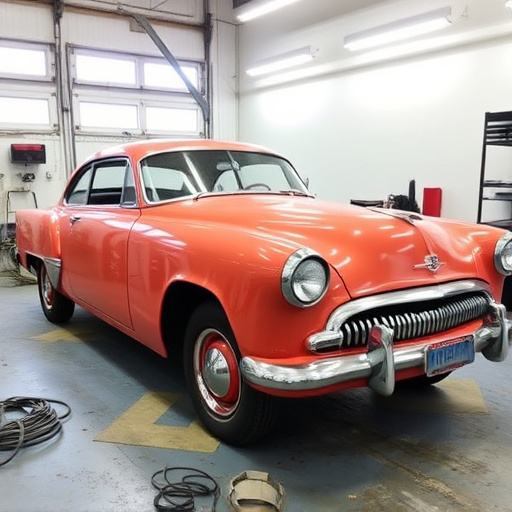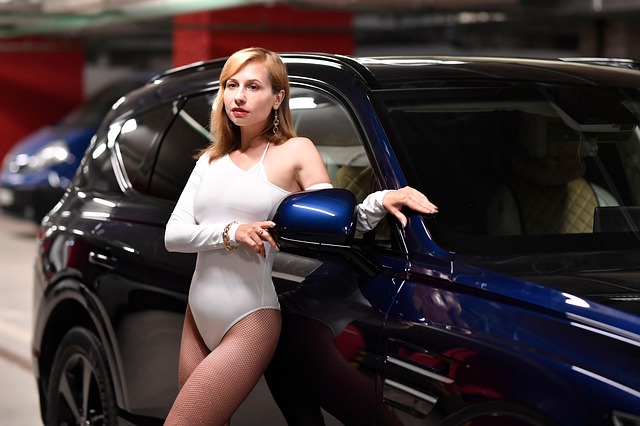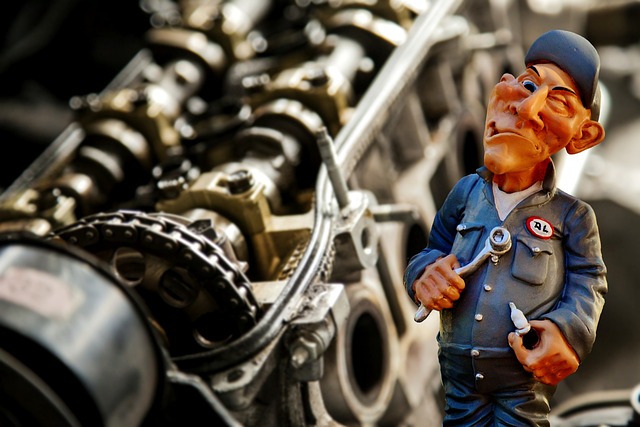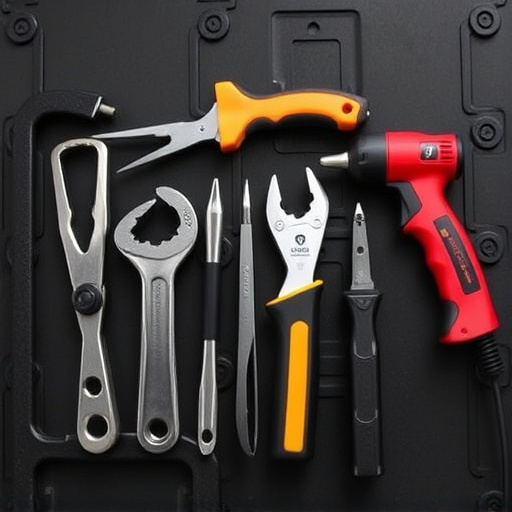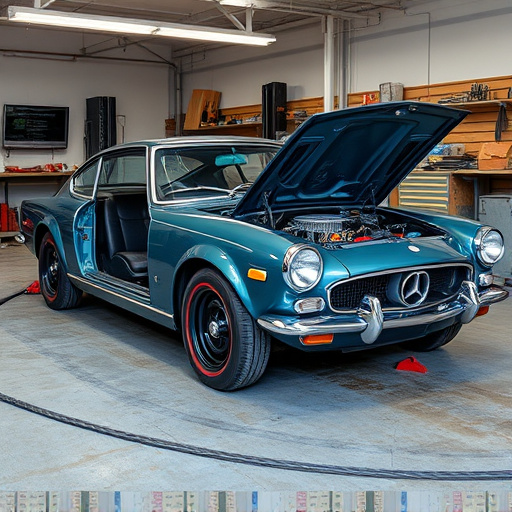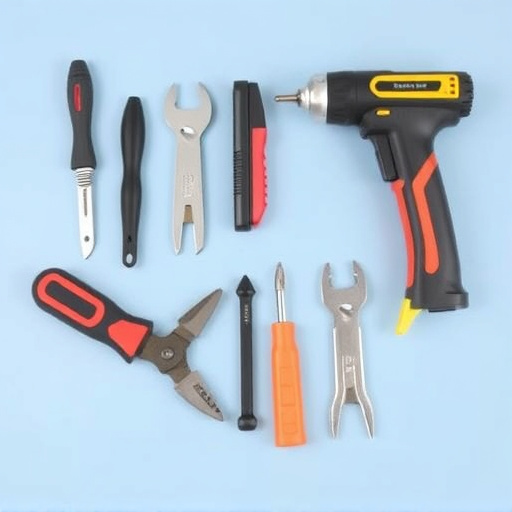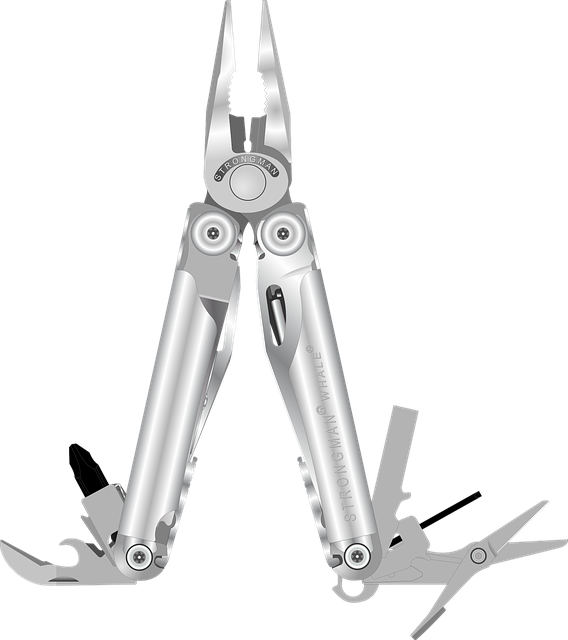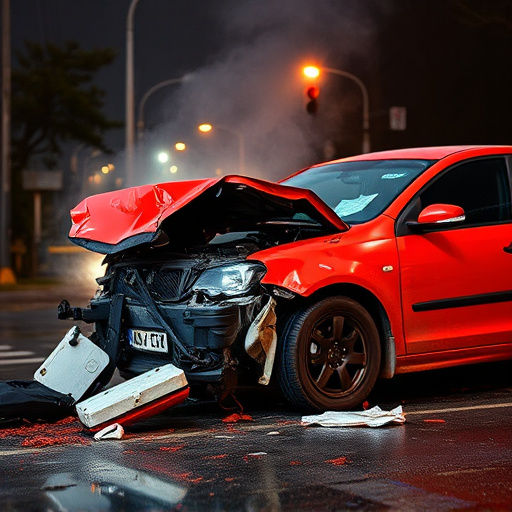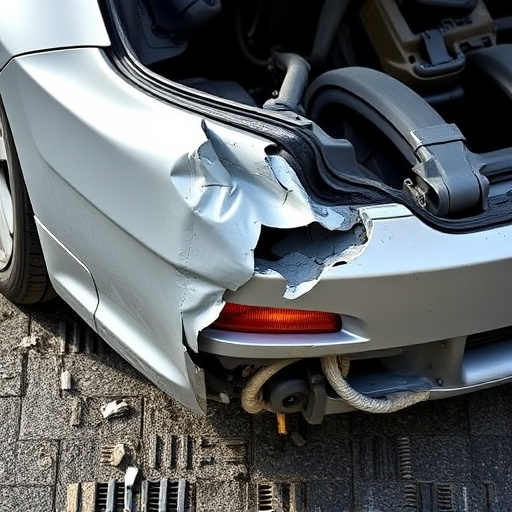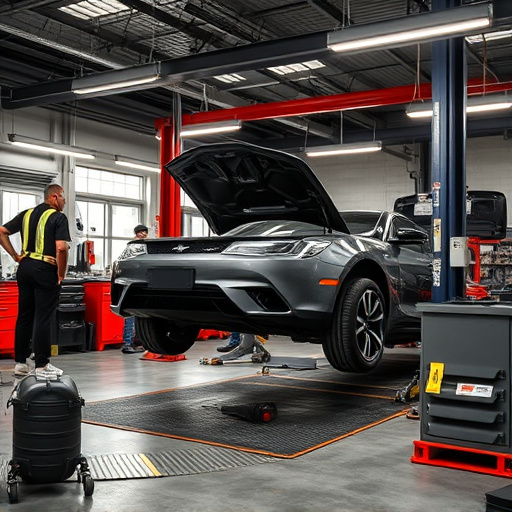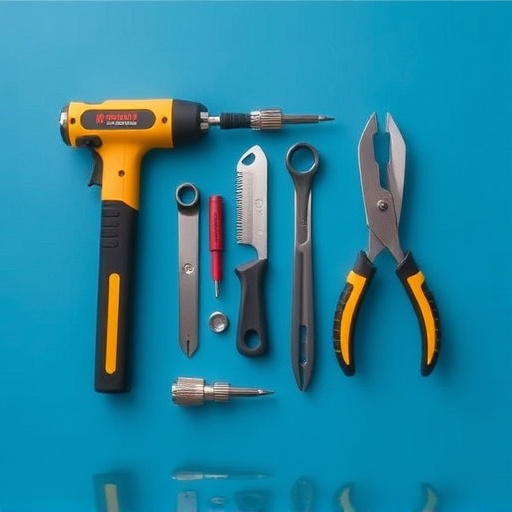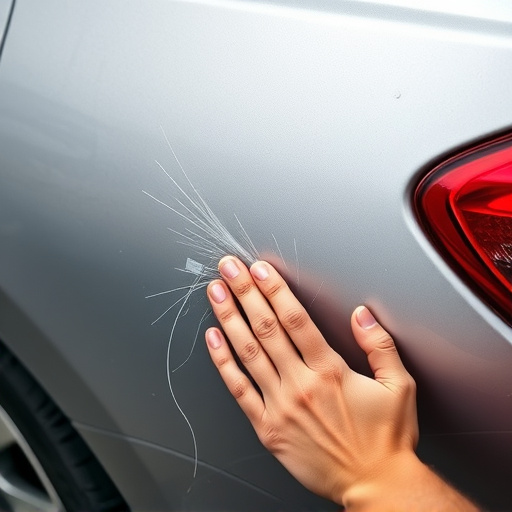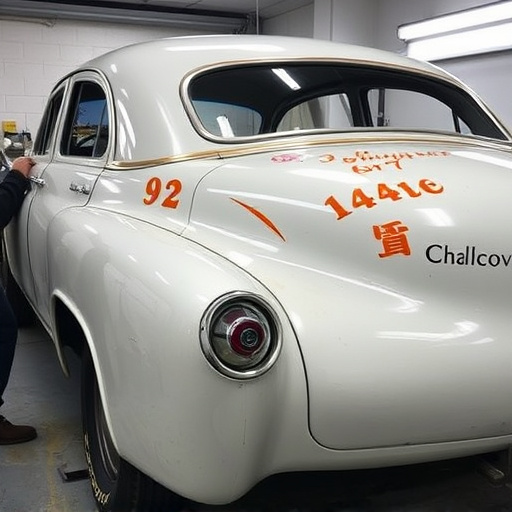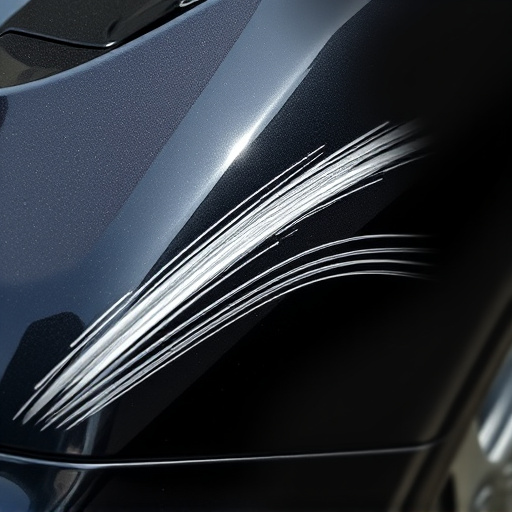Vehicle color matching is an evolving field combining science and art, driven by software technology. Advanced spectral analysis, tailored paint formulas, and efficient processes revolutionize auto body repair and repainting. AI-driven solutions promise enhanced accuracy, faster turnaround times, and increased customization options for car paint services, ensuring vehicles retain their original or desired colors over time.
In today’s automotive industry, precise vehicle color matching is paramount for quality control and customer satisfaction. This article delves into the intricate process of achieving perfect color coordination in vehicles, highlighting the pivotal role software plays. We explore how advanced algorithms enhance accuracy and streamline efficiency, revolutionizing traditional methods. Furthermore, we glimpse into the future, where AI and cutting-edge color technology are set to redefine standards, ensuring flawless results in vehicle color matching.
- Understanding Vehicle Color Matching Process
- Software's Impact on Accuracy and Efficiency
- Future Trends: AI and Color Technology
Understanding Vehicle Color Matching Process
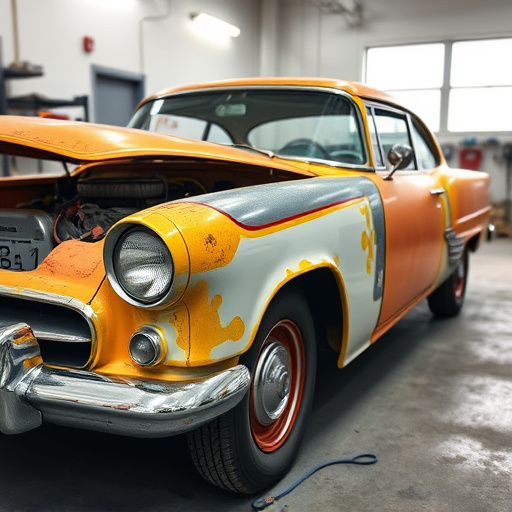
Vehicle color matching is a meticulous process that involves accurately replicating or restoring the original color of a car’s paintwork after damage or repainting. It goes beyond simply applying new paint; it requires a deep understanding of color theory, material science, and automotive manufacturing. The process begins with assessing the extent of color variation across different surfaces of the vehicle, which may include body panels, trim pieces, and even interior components that can affect overall appearance.
Specialized software plays a pivotal role in this intricate procedure by providing precise measurements and guidance. Auto repair services often utilize advanced tools to scan and analyze the existing color, capturing its unique spectral profile. This data is then fed into software algorithms designed for vehicle color matching, which cross-reference it with available color codes and standards. The result is a tailored formula that ensures not just visual similarity but also structural integrity when incorporated into car bodywork or vehicle collision repair processes.
Software's Impact on Accuracy and Efficiency
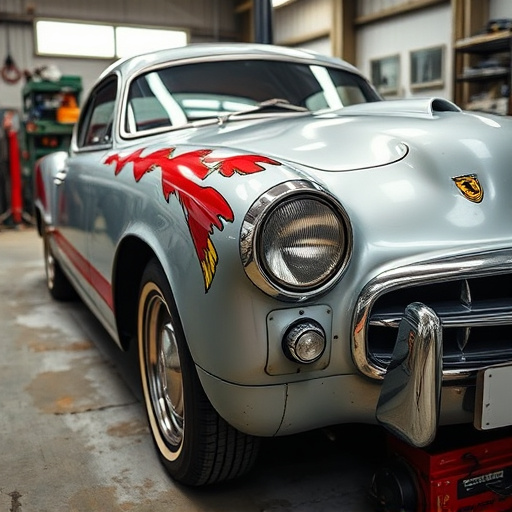
The integration of software into vehicle color matching processes has revolutionized the automotive industry. Advanced algorithms and machine learning techniques enable precise color analysis, ensuring an exact match with original factory specifications. This level of accuracy is particularly beneficial for auto body repair and bumper repair, where restoring a vehicle’s aesthetic appeal is paramount.
Software streamlines the color-matching procedure, making it more efficient than manual methods. It can quickly compare and contrast vast swatches of colors, reducing the time spent on research and testing. This enhanced efficiency translates to faster turnaround times for autobody repairs, ultimately improving customer satisfaction.
Future Trends: AI and Color Technology
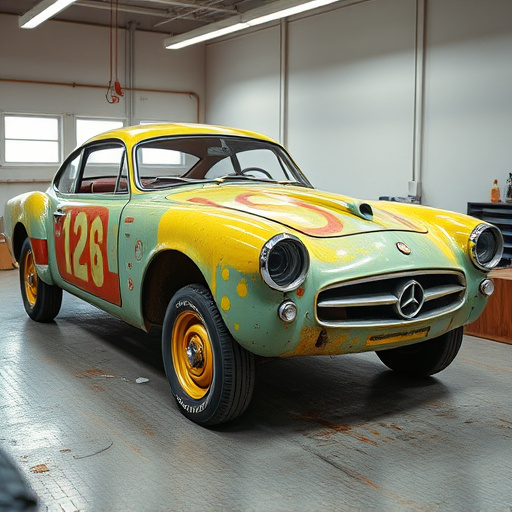
The future of vehicle color matching is set to be revolutionized by Artificial Intelligence (AI) and advanced color technology. AI algorithms are becoming increasingly sophisticated in their ability to analyze and reproduce colors precisely, offering a new level of accuracy for auto body repairs and car paint services. This evolution will enable more nuanced and consistent results, ensuring vehicles maintain their original or desired hues even after years of use.
These innovations promise to streamline the process of auto body services, making color matching faster and more efficient. By leveraging machine learning, AI systems can learn from vast databases of colors, enabling them to predict and match shades with remarkable dexterity. This technology could also enhance customization options for car paint services, allowing customers to explore a broader spectrum of colors and finishes, further elevating the overall vehicle aesthetics experience.
Modern software plays a pivotal role in enhancing the precision and speed of vehicle color matching. By streamlining the process, from initial color selection to final production, it ensures consistency and quality across diverse automotive applications. Looking ahead, advancements in AI and color technology promise even greater efficiencies, allowing for more intricate color combinations and personalized finishes. This evolution will not only benefit manufacturers but also empower customers with enhanced creative control over their vehicle’s aesthetic appeal.
